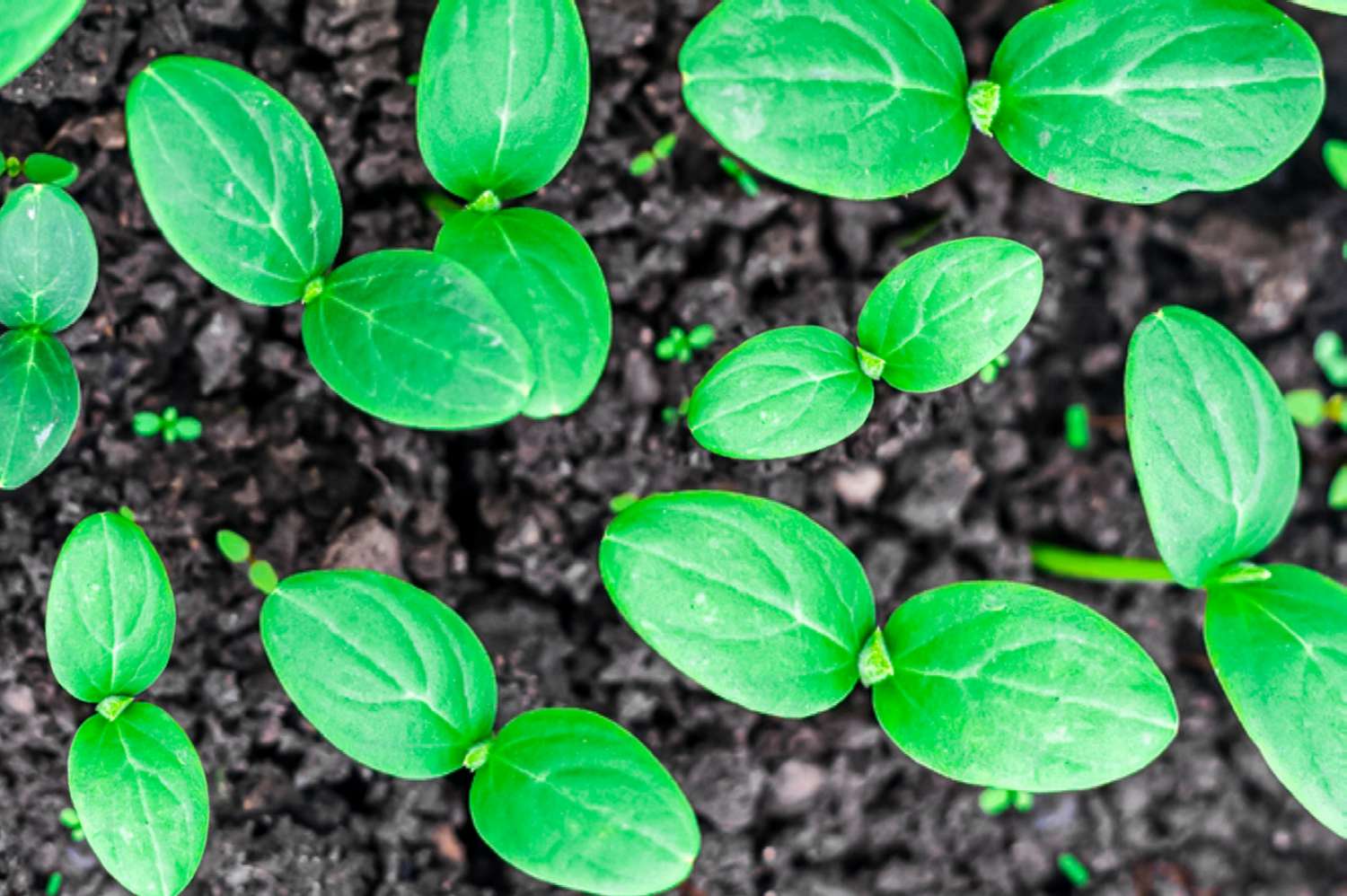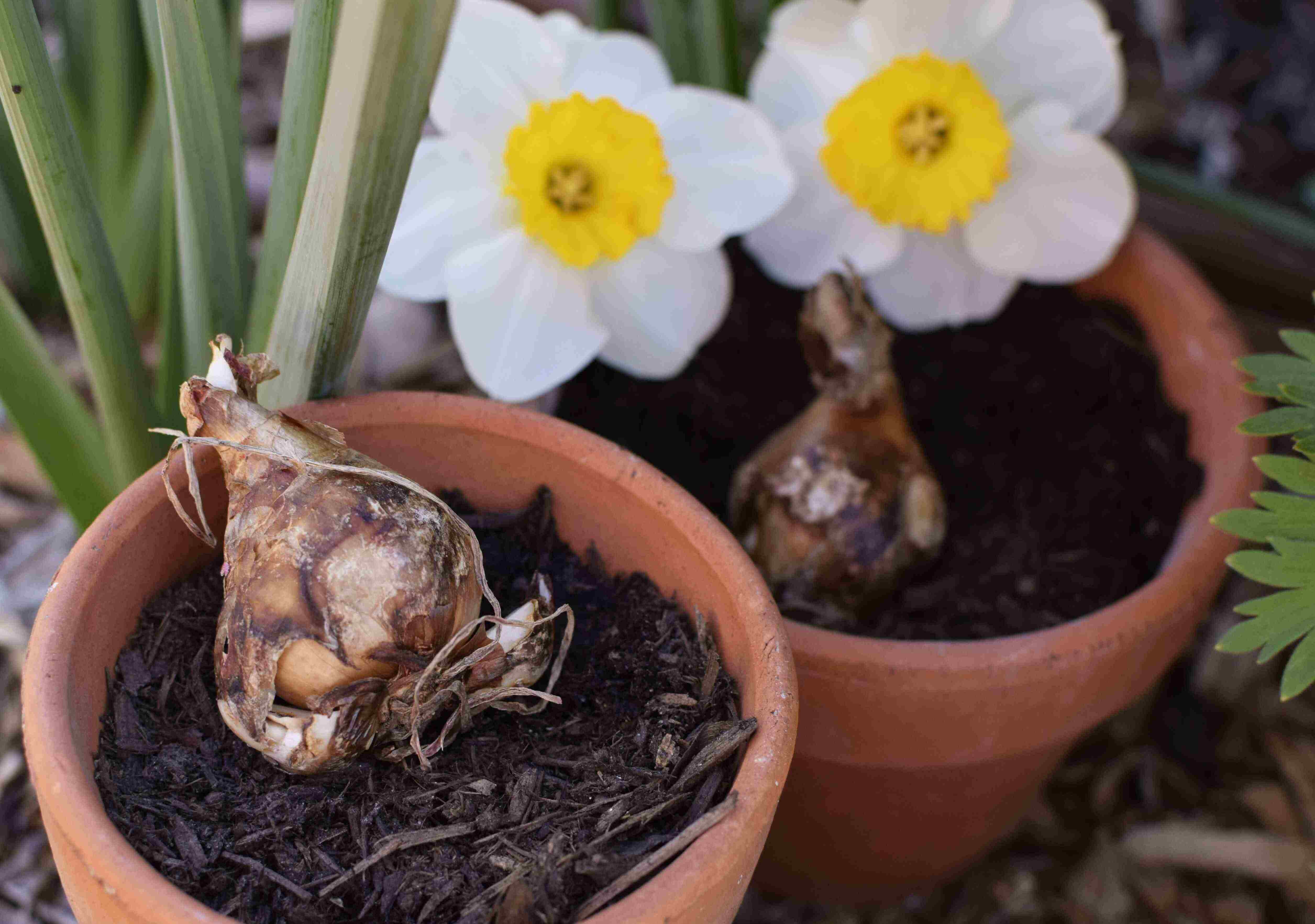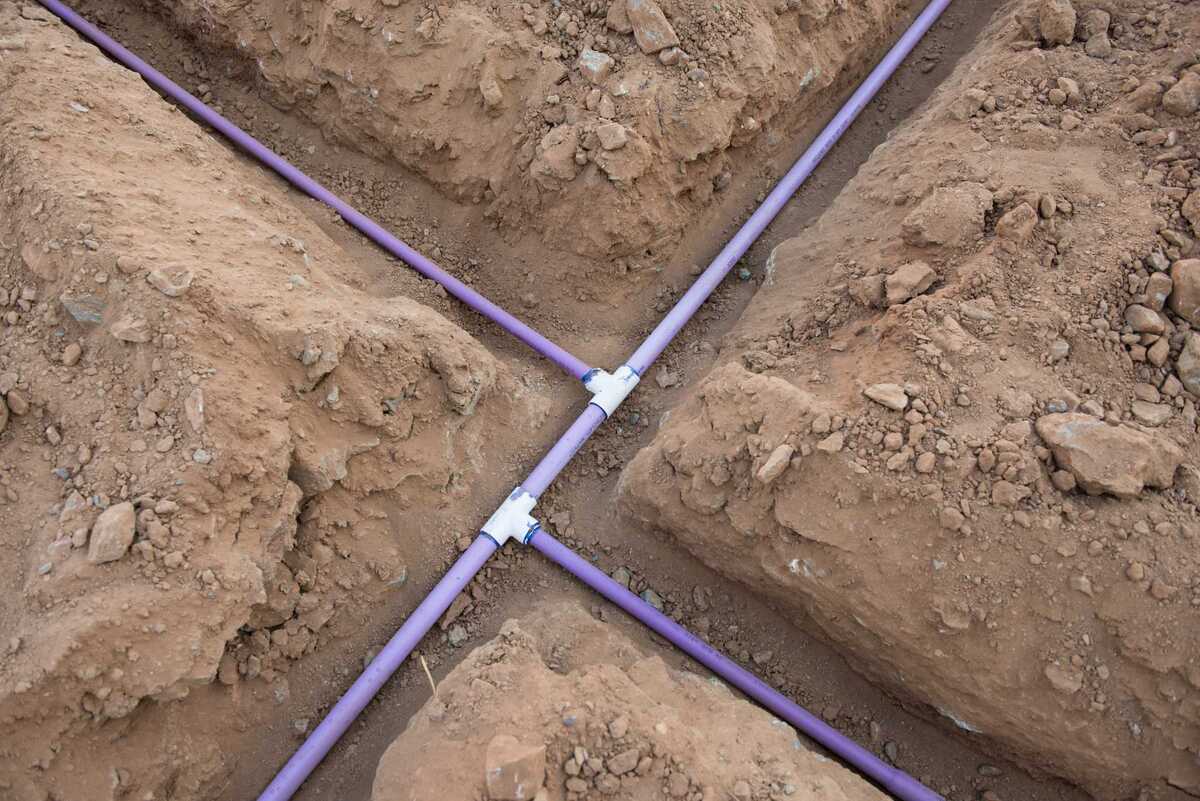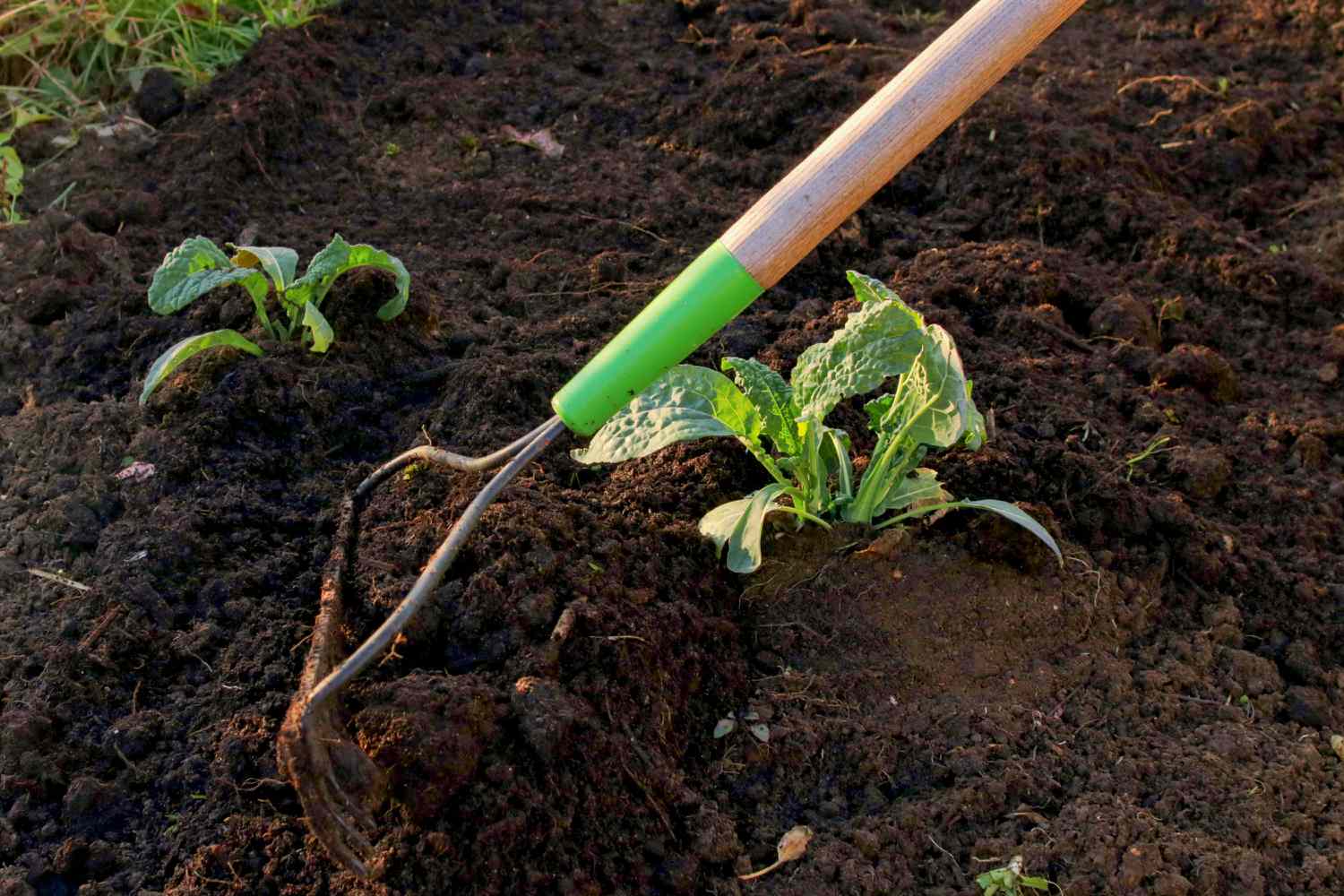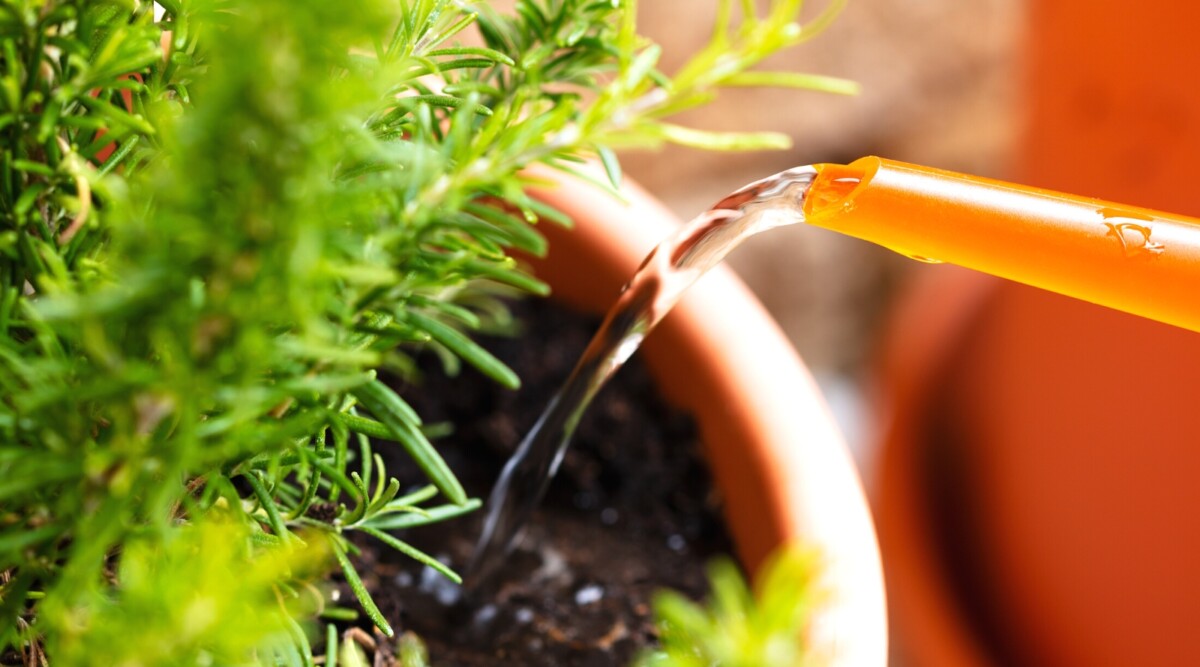Home>Types of Gardening>Ornamental Gardening>How Deep Should I Plant Daffodil Bulbs


Ornamental Gardening
How Deep Should I Plant Daffodil Bulbs
Published: January 23, 2024
Discover the ideal planting depth for daffodil bulbs in your ornamental garden. Learn expert tips for successful bulb planting.
(Many of the links in this article redirect to a specific reviewed product. Your purchase of these products through affiliate links helps to generate commission for Chicagolandgardening.com, at no extra cost. Learn more)
Table of Contents
Introduction
When it comes to adding vibrant splashes of color to your garden, few flowers can rival the timeless charm and elegance of daffodils. These cheerful blooms, with their sunny yellow hues and delicate, trumpet-shaped petals, are a beloved staple in ornamental gardens. To ensure that your daffodils thrive and grace your garden with their enchanting presence, it's crucial to plant their bulbs at the appropriate depth. The depth at which daffodil bulbs are planted plays a pivotal role in their growth, development, and overall success in blooming.
Understanding the optimal planting depth for daffodil bulbs is essential for cultivating a flourishing display of these enchanting flowers. By delving into the factors that influence planting depth, as well as the guidelines and tips for achieving the perfect planting depth, you can set the stage for a breathtaking daffodil showcase in your garden. So, let's embark on a journey to unravel the mysteries of daffodil bulb planting depth and discover the secrets to nurturing these delightful flowers to their fullest potential.
Factors to Consider Before Planting Daffodil Bulbs
Before delving into the specifics of planting depth, it’s essential to consider several crucial factors that can influence the overall success of daffodil bulb cultivation. By taking these factors into account, you can lay a solid foundation for a thriving daffodil garden.
- Soil Composition: Daffodils prefer well-draining soil to prevent waterlogging, which can lead to bulb rot. Assess the composition of your soil to ensure it provides adequate drainage for the bulbs.
- Sunlight Exposure: Daffodils thrive in areas with ample sunlight. Before planting, identify a location in your garden that receives full or partial sunlight to promote healthy growth and vibrant blooms.
- Climate and Hardiness Zone: Consider your climate and the hardiness zone in which you reside. Daffodils are resilient in various climates but thrive best in zones 3 to 8, where they experience the necessary period of winter chilling for optimal flowering.
- Bulb Size and Health: Select high-quality bulbs that are firm, free from mold or blemishes, and of optimal size. Healthy bulbs are essential for robust growth and prolific flowering.
- Planting Time: Timing is critical when planting daffodil bulbs. Aim to plant them in the fall, at least a few weeks before the ground freezes, allowing the bulbs to establish roots before winter sets in.
By carefully considering these factors, you can create an environment that is conducive to the successful cultivation of daffodils. Now that we’ve explored the key considerations, let’s delve into the recommended depth guidelines for planting daffodil bulbs.
Depth Guidelines for Planting Daffodil Bulbs
Understanding the appropriate depth for planting daffodil bulbs is essential for ensuring their resilience and abundant blossoms. The general rule of thumb for planting daffodil bulbs is to place them at a depth equal to three times the height of the bulb. This guideline ensures that the bulbs are adequately protected and provided with the necessary stability and insulation for healthy growth.
For standard daffodil bulbs, which are typically around 2 to 3 inches in height, the recommended planting depth is approximately 6 to 9 inches. This depth allows the bulbs to establish strong root systems while shielding them from temperature fluctuations and potential damage.
It’s important to note that the planting depth may vary based on the specific variety of daffodil. Some miniature or dwarf daffodil varieties may require shallower planting depths, while larger or long-cupped varieties may benefit from slightly deeper planting. Always refer to the planting instructions provided with your daffodil bulbs or consult reliable gardening resources for variety-specific depth recommendations.
When planting multiple daffodil bulbs, ensure that the recommended spacing between bulbs is maintained to allow for proper air circulation and minimize competition for nutrients. Typically, bulbs should be spaced approximately 4 to 6 inches apart, depending on their size and the specific requirements of the daffodil variety.
By adhering to these depth guidelines and spacing recommendations, you can set the stage for a breathtaking daffodil display that will grace your garden with its radiant beauty. Now, let’s explore some invaluable tips for planting daffodil bulbs to further enhance their growth and blooming potential.
Tips for Planting Daffodil Bulbs
Planting daffodil bulbs is a rewarding endeavor that can be further optimized with the application of some valuable tips and techniques. By incorporating these insights into your planting process, you can maximize the likelihood of robust growth and a stunning daffodil display in your garden.
- Amend the Soil: Prior to planting, enrich the soil with organic matter such as compost or well-rotted manure. This enhances the soil’s fertility and improves its structure, providing an ideal foundation for daffodil growth.
- Ensure Adequate Drainage: Daffodils detest waterlogged conditions, so it’s crucial to ensure proper drainage in the planting area. If the soil has poor drainage, consider creating raised beds or incorporating organic materials to enhance permeability.
- Plant with Precision: When planting daffodil bulbs, ensure that they are positioned with the pointed ends facing upward. This simple step promotes the correct emergence of shoots and roots, setting the stage for healthy growth.
- Protect from Pests: Deter potential pests, such as rodents or squirrels, from disturbing the bulbs by placing a layer of wire mesh or chicken wire over the planting area. This safeguard helps prevent bulb damage and ensures their undisturbed development.
- Consider Companion Planting: Pair daffodils with complementary companion plants, such as low-growing perennials or ground covers, to create visually appealing and ecologically beneficial garden arrangements. Companion plants can enhance the overall aesthetic and ecological balance of the garden.
- Mulch for Insulation: After planting, apply a layer of organic mulch, such as straw or shredded leaves, to provide insulation and moisture retention for the bulbs. This protective layer helps regulate soil temperature and minimizes moisture loss during the winter months.
- Regular Watering: While daffodils are relatively low-maintenance, it’s essential to provide consistent moisture, especially during their active growth periods. Be mindful of watering during dry spells to support healthy bulb development and vibrant blooms.
By integrating these tips into your daffodil planting endeavors, you can cultivate an environment that nurtures the optimal growth and flourishing beauty of these enchanting flowers. With the depth guidelines and tips at your disposal, you are well-equipped to embark on a successful daffodil planting journey and revel in the delightful spectacle of blooming daffodils gracing your garden.
Conclusion
As you venture into the realm of daffodil bulb planting, you embark on a journey filled with the promise of vibrant blooms and the timeless allure of these beloved flowers. By understanding the critical factors that influence daffodil growth, embracing the recommended depth guidelines for planting, and incorporating valuable tips into your gardening practices, you lay the groundwork for a flourishing daffodil showcase in your garden.
Remember that the depth at which daffodil bulbs are planted is a crucial determinant of their resilience and blooming potential. By adhering to the general rule of planting them at a depth equal to three times their height, you provide them with the stability and insulation necessary for robust growth. Additionally, consider the specific needs of different daffodil varieties and ensure appropriate spacing between bulbs to optimize their development.
With the insights gleaned from this exploration, you are poised to embark on a rewarding journey of daffodil cultivation, infusing your garden with the radiant hues and enchanting presence of these delightful flowers. As you plant your daffodil bulbs with care and consideration, envision the breathtaking spectacle that awaits – a testament to nature’s beauty and the joy of nurturing life in your ornamental garden.
May your daffodil garden flourish, serving as a testament to your green thumb and a source of endless delight for seasons to come.
